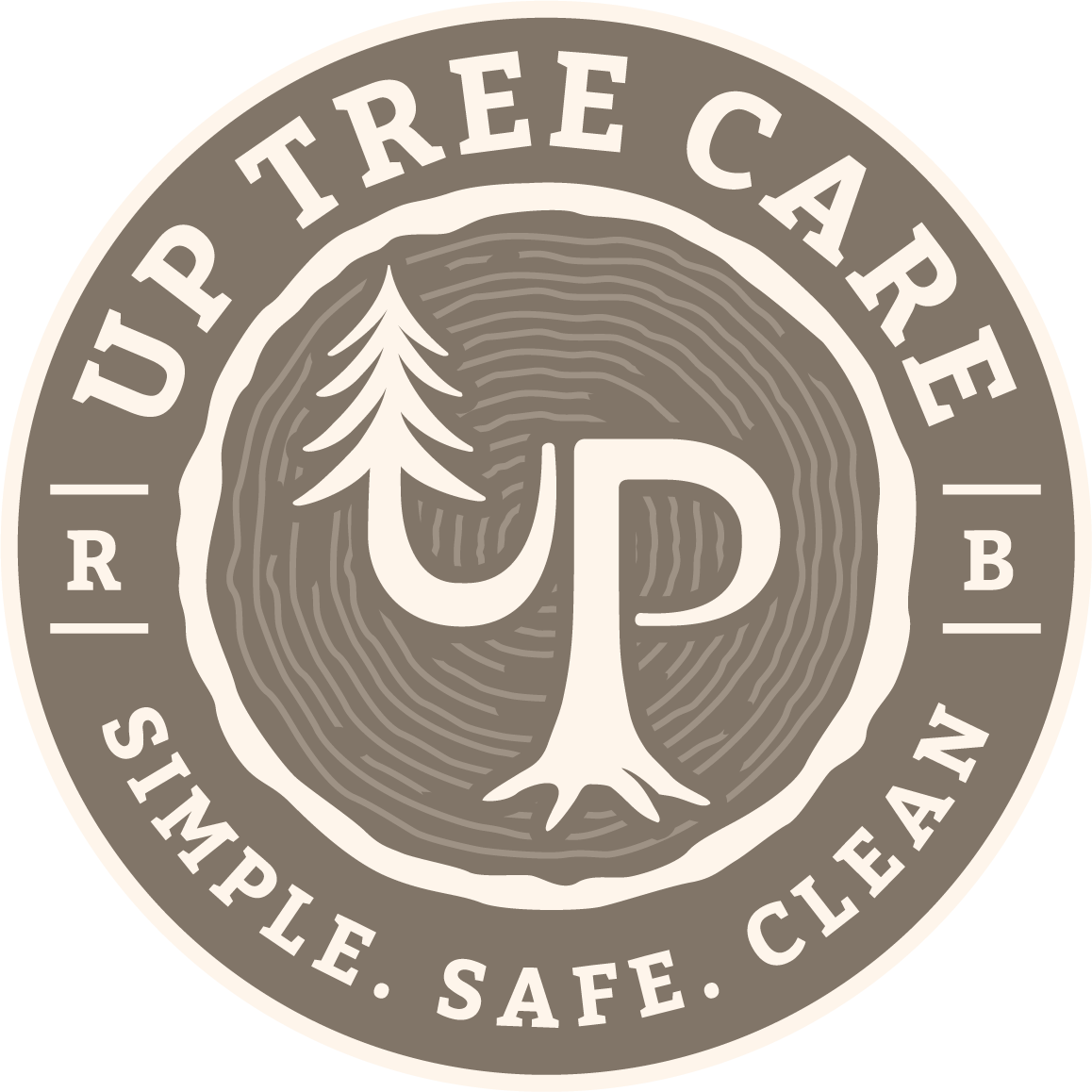Tree Topping in Kalispell and Flathead Valley – What it is and Why We Avoid It

The Do’s and Do Not’s of tree topping
Occasionally customers ask us for tree topping in Kalispell. Usually they’re worried about a nearby spruce or cottonwood falling on their structure, and believe that if it were just a bit shorter, it wouldn’t pose as much of a threat. While this may work out in the short-term, the topped tree will die sooner. If it is topped and not topped again annually, it will turn into an unstable mess. Not to mention that a topped mature tree (and heading cuts in general) are just plain ugly.
Consistent topping of specific trees is a pruning technique called “pollarding”. Pollarding is an ancient technique originally practiced to produce livestock feed and make trees more compact. Today it’s used on ornamentals to maintain a light-limbed, bushy canopy and shorter tree.
Deciduous trees with strong epicormic growth (leafy & fast growing) can withstand pollarding. Trees in northwest Montana that will accept pollarding pruning include:
-
Willow (any)
-
Select ornamentals (maple, oak, linden, horse chestnut, black locust, eastern redbud)
Trees that don’t do well with pollarding include:
-
Any native conifer (douglas fir, ponderosa pine, Engelmann spruce, grand fir, and many others)
-
Birch, cottonwood, aspen
While the idea behind topping is to make the tree safer, it usually has several undesirable effects.
-
Topping of mature trees generally leads to swift decline and death.
-
Mature trees (that survive) subsequently form a lot of weakly attached limbs that, if allowed to grow, become more of a hazard than the original stalk. These limbs can grow upward incredibly quickly and are essentially attached to rotting wood where the topping cut was made.
-
In any tree, the bushy growth in the top leads to a “sail” effect, making the tree much more prone to wind throw (blowing over in a storm).
-
Topping and heading cuts are ugly and expensive, as removing the top without damaging the lower limbs often involves heavy equipment and/or rigging.
If you’re a homeowner with a ladder and chainsaw thinking about topping your own trees, STOP.
Removing the top of any tree, especially a mature tree, is usually unnecessary unless it’s dead (like many birch). It’s also potentially dangerous without the right safety gear. Pollarding of young trees, however, is acceptable if the pruning can continue for the lifetime of the tree.
If you’re worried about a tree hitting your house, there are other options that can delay or mitigate failure completely. Leaning trees can be pruned for weight reduction, bushy trees can be pruned for airflow, and genuinely hazardous trees can always be removed.
Up Tree Care performs free estimates in our service area. Call today and schedule an appointment and we can help you determine the best course of action for your tree!
